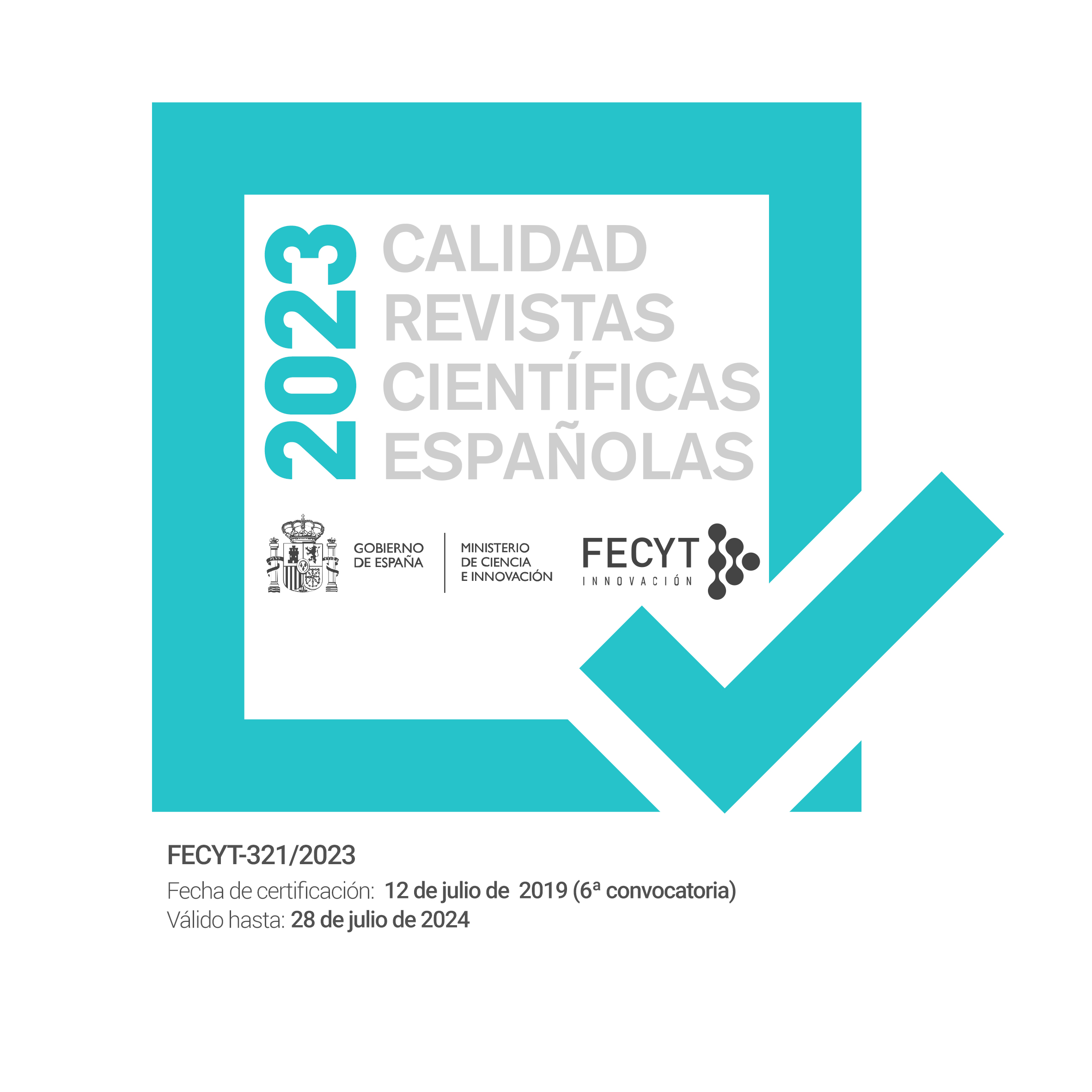Spring water to the fountain in the main square of the City of Kings: sanitation and technology in the Viceroyalty of Peru in the sixteenth century
DOI:
https://doi.org/10.17561/at.v1i2.1349Abstract
This article provides an interpretation of the concept of water as a common good, an idea that was brought from Spain by the new colonial authorities to the city of Lima in the early Viceroyalty of Peru. Faced with the need to improve health conditions, they recast water as a public utility, which led to the construction of a state funded hydraulic plant similar to those found in classical Europe and Renaissance Spain. This essay attempts to trace the transfer of Western technology to the Americas by highlighting in this specific case the key role played by the hydraulic engineering experience possessed by the Spaniards who arrived in Lima. Since the city of Lima was founded in a geographical area lacking in rainfall, water was both scarce and unhealthy. The availability of a spring source somewhat removed from the city allowed the colonial authorities, with the blessings of some powerful groups, to supply potable water to the growing population that had become increasingly ill from consuming contaminated water from the Rímac river that ran at the foot of the city. The implementation of this public works project was accompanied by the imposition of taxes (known as sisas) in order to finance its complex infrastructural development. Financial difficulties delayed various phases of the project. However, the timely intervention by Viceroy Toledo, who was determined to bring it to fruition, led to the inauguration of the water distribution system in 1578.
Downloads
Published
How to Cite
Issue
Section
License
© Universidad de Jaén-Seminario Permanente Agua, territorio y medio ambiente-CSIC.
The originals published in the printed and electronic editions of this journal are the property of the University of Jaén and the Seminario Permanente Agua, territorio y medio ambiente (CSIC), as well as the universities that publish specific monographs in Latin America or Europe. The origin must be cited in any partial or total reproduction.
Unless otherwise indicated, all the contents of the electronic edition are distributed under a "Creative Commons Attribution 4.0 Spain" (CC-by) licence. You can consult from here the informative version and the legal text of the license. This circumstance must be expressly stated in this way when necessary.














